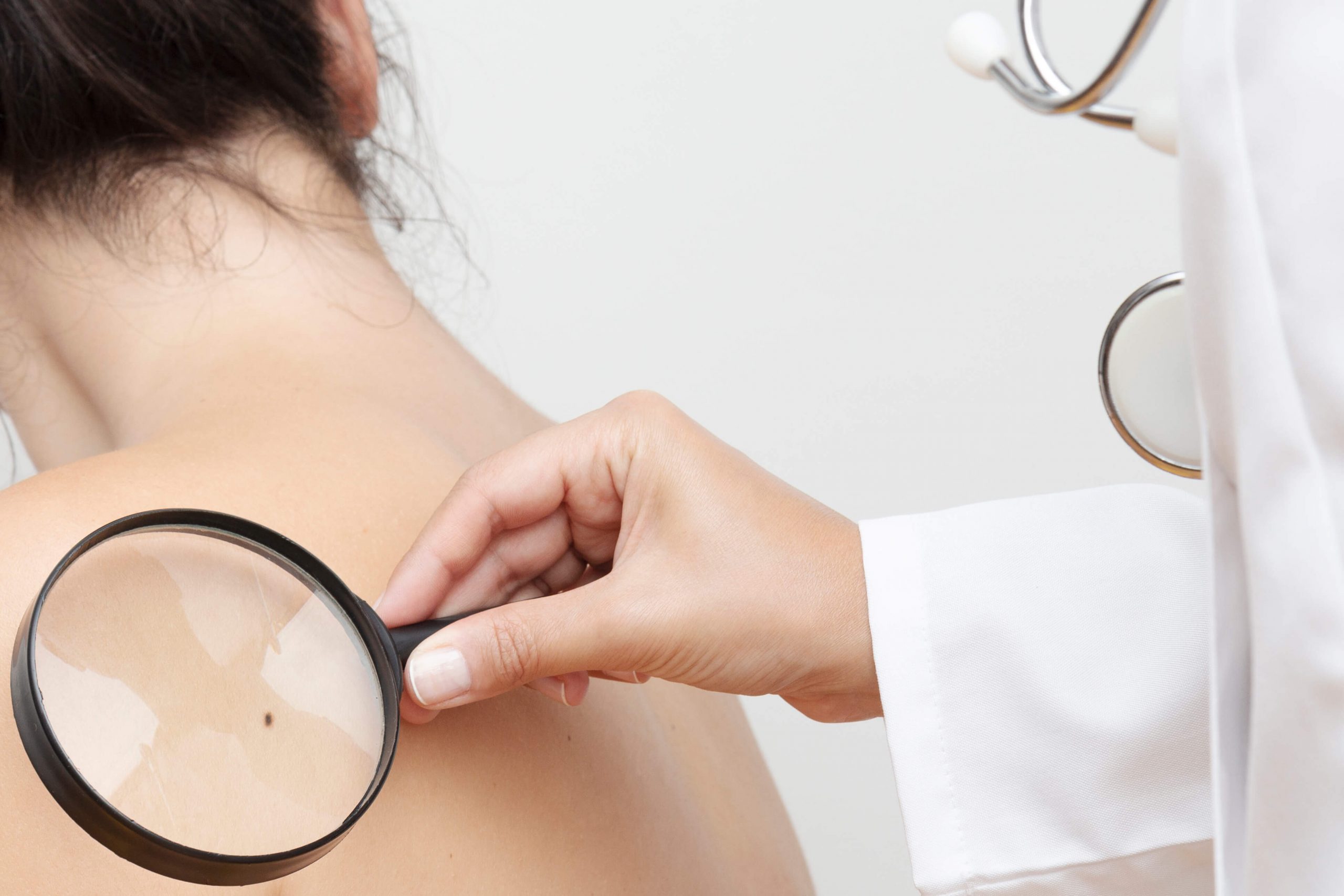Lifestyle and Beauty
Melanoma: Symptoms, Risk Factors & Prevention

Melanoma is a form of skin cancer that develops in skin cells called melanocytes. Melanocytes produce melanin, the substance that gives your skin colour. In rare cases, melanoma can form in your eyes, nose, or throat.
Melanoma can start anywhere on your skin. Some areas prone to melanoma include the back, legs, arms, and face. It may also develop from an existing mole or from normal-looking skin. When melanoma develops from a mole, you will notice the mole undergoing changes such as shape, size, or colour.
Melanoma is one of the most serious forms of skin cancer, but when diagnosed early, treatment can be done. If it is not detected in its early stages, melanoma can be spread easily to other parts of the body.
Causes and Risk Factors
When skin cells develop normally, healthy cells push older cells to the surface of the skin, and those older skin cells eventually die and fall off. Melanoma starts occurring when DNA is damaged from sunburn or tanning, where Ultraviolet (UV) radiation leads to mutations in the melanocytes. This may result in uncontrolled cellular growth, forming a mass of cancerous cells.
It is unclear what exactly causes the DNA damage in skin cells, and how this leads to melanoma. It may be a combination of genetic and environmental factors. The leading cause may be prolonged exposure to UV rays from the sun, or artificial sources such as tanning lamps and beds.
Melanoma can also form in areas that do not receive much sun, such as the soles of your feet or your palms. Speak to a dermatologist if you notice any signs or symptoms of melanoma.
Common Risk Factors
- Sun exposure: Prolonged exposure to ultraviolet (UV) rays from the sun is a major cause of melanoma. People who live at high altitudes or in areas with bright sunlight all year-round have a higher risk of developing skin cancer. If you spend a lot of time outdoors from 10am – 4pm where the sun rays are the strongest, you have a higher risk of developing melanoma.
- Indoor Tanning: Contrary to popular belief, indoor tanning beds don’t offer a safe alternative to sunlight; instead, they raise the risk of skin cancers. There is increasing evidence that overexposure to UV radiation from tanning equipment poses a health concern.
- Moles: People with many moles (more than 50 common moles) or unusual moles have a higher risk of developing melanoma. Dysplastic nevi are moles that have irregular colour and shape.
- Fair Skin: People with fair skin and prone to sunburn are unfortunately at greater risk of developing melanoma than people with naturally dark skin.
- Family History: Roughly about 10% of people with melanoma have a family history of the disease. If you have a close relative who has been diagnosed with melanoma, your risk of developing melanoma is almost 3 times higher than the average person. It is strongly recommended to get your skin regularly examined by a dermatologist if you have close family or relatives diagnosed with melanoma.
Latest Articles
How Are Abdominal Hernias Treated?
What to Expect from Colorectal Surgery
How to Treat Breast Inflammatory Conditions
Gynaecomastia: Understanding Male Breast Cancer
What are the Symptoms?
Melanoma can occur anywhere on the body and often appear in areas that are overexposed to the sun, such as your back, legs, arms, and face.
Early signs and symptoms of melanomas include the following:
- Changes in existing moles
- Unusual pigmentation or growths on your skin
Melanomas vs Normal Moles
A normal mole will generally be of uniform colour and have a distinct border. They will be oval or round-shaped and are often not larger than 6mm in diameter.
If you notice changes in the size, shape, colour, they are often the first warning signs of melanoma, and you should see a dermatologist to get a mole check. These changes can occur in an existing mole, or melanoma may appear as a new or unusual-looking mole. The “ABCDE” rule is helpful in remembering the warning signs of melanoma:
- Asymmetry: Look for moles with irregular shapes, such as two very different-looking halves, meaning the shape of one-half of the mole does not match the other.
- Border: The edges are ragged, notched, uneven, or blurred, characteristics of melanomas.
- Colour: You should look for growths that have shades of black, brown, and tan that may be present, where they can be of many colours or uneven distribution of colour.
- Diameter: The diameter is usually larger than 6 millimetres (mm) or has grown in size. This is about 1/4 inch in diameter, about the size of a pencil eraser. Melanoma may be smaller when it is first detected.
- Evolving: If a mole changes over time, with an increase in size, have changes to its colour or shape, or if it’s growing in an area where there was previously no mole. Moles may also evolve to develop new signs and symptoms, such as itching or bleeding.
3 Easy Tips for Prevention
While you cannot completely eliminate the risks, here are a few ways to help prevent melanoma and other skin cancers from developing:
- Seek shade, especially in the afternoon when the sun’s rays are the strongest
- Dress to protect by wearing a hat or sunglasses to protect your skin from the sun
- Apply sunscreen with an SPF of 50 or higher
Conclusion
Check your body and skin regularly for new growths. If you notice any abnormalities in your skin that does not go away, and is changing, different, or looks out of the ordinary, you should contact your dermatologist to get it checked.
Read this next ...
WHO WE ARE
关于SOG
新加坡O&G有限公司(SOG)成立于2011年,我们的愿景是创立一个专业的医疗和外科团队,从而满足现代女性及其孩子和家人的医疗保健需求。我们的诊所遍布新加坡各地,女性和儿童能够方便地享受我们高质量和值得信赖的个性化医疗保健服务。
- 产科
- 妇科
- 妇科肿瘤
- 乳房和普通外科
- 皮肤科
- 儿科
Recommended Specialists
